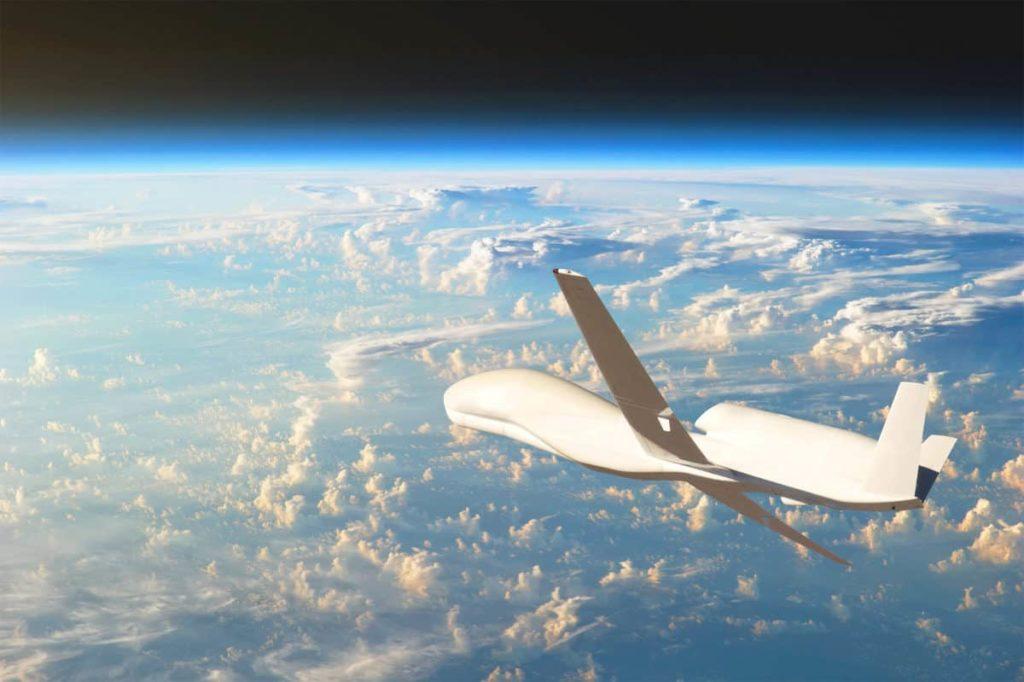Why a Space Force? A Look at the U.S. Military’s Newest and Most Misunderstood Branch

Unmanned aircraft flying in the upper atmosphere, the study of the gas shells of the planet Earth. Elements of this image furnished by NASA
John Rossomando joined One America News to discuss this article as well:
Originally published by The National Interest
Contrary to what the critics say, the branch will serve an important role. It proved its worth within a month of its creation.
The U.S. Space Force serves the critical role of protecting America’s space infrastructure—which enables everything from credit cards to maximizing agriculture production. But America’s newest military branch is also the most misunderstood in Washington and across the country.
Latest posts by John Rossomando (see all)
- Biden channels Neville Chamberlain as Putin threatens Ukraine - December 10, 2021
- John Rossomando – The sequel to Kabul? - December 8, 2021
- COVID vaccine mandate proves Biden administration doesn’t care about military readiness - December 3, 2021
